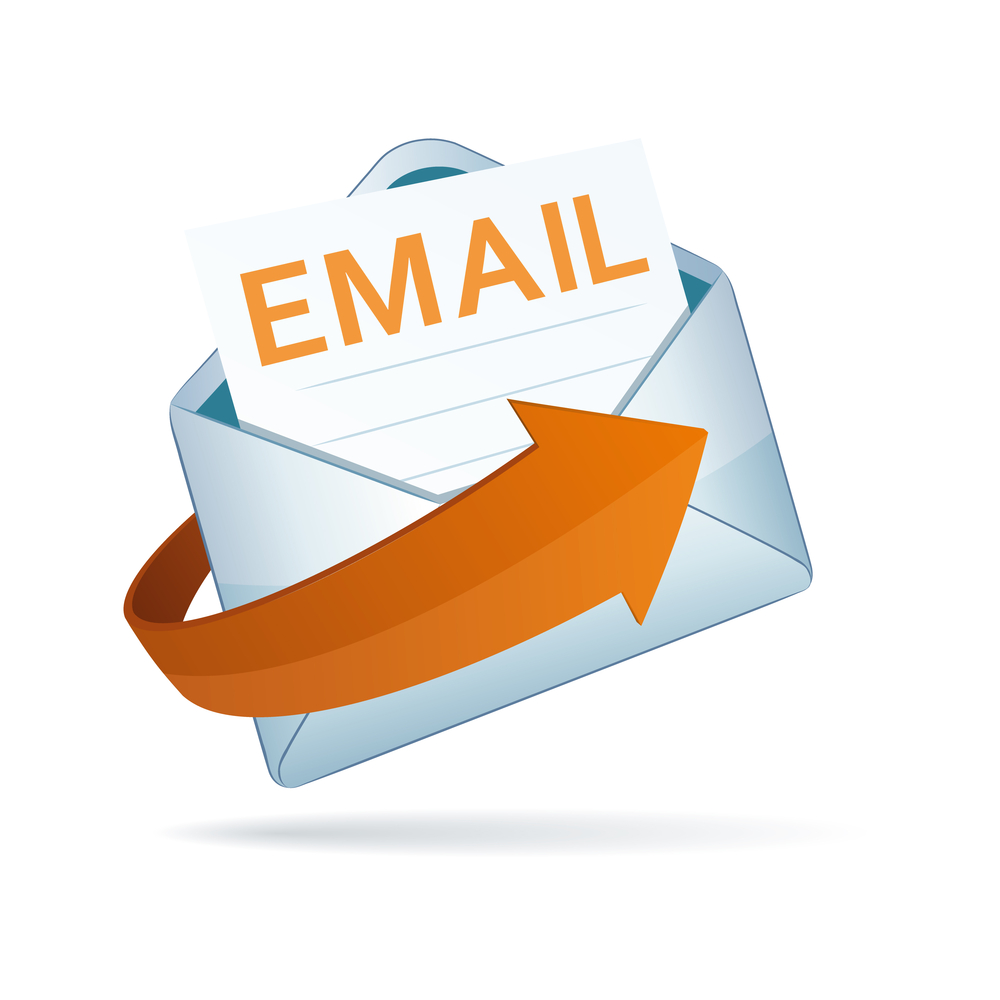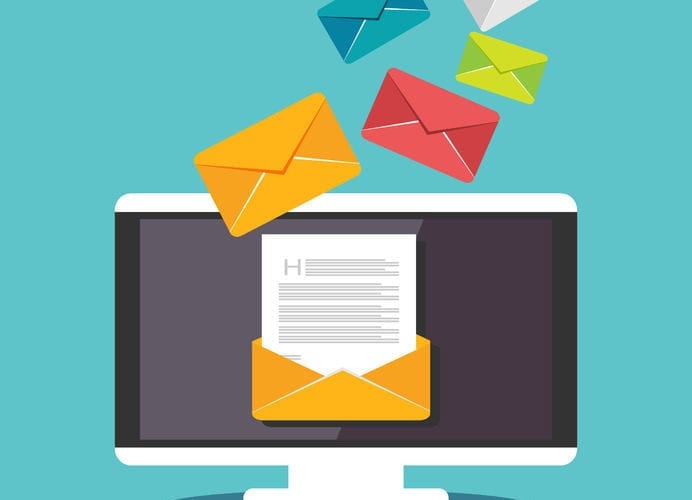If you are not sure how to end a professional email, here is the right help for you. Writing a professional email is an art. Sometimes, it can make or break a deal. A well-written email can be rewarding in various instances. It shows you work with the utmost professionalism. Besides, when it comes to an agreement, emails serve an authoritative role in defining the terms of the agreement. An email has its own set of advantages. If you want to master the art of effective email writing and are wondering how to end a professional email, read this post until the end.
Table of Contents
What Is An Email? An Overview
Before proceeding any further, let’s understand a few important things about an email. We all send and receive emails at the workplace and on the phone too. Some are professional in nature, whereas some are promotional. However, professional emails are written in a formal way. It follows a proper format and structure. Besides, you need to be cautious when choosing words when writing a professional email.

If you are writing an email to a client on behalf of your company, it should be well-written. It is not necessary that a good email will grab the reader’s attention. However, if you commit a mistake, it may not go well. From beginning to the end, you need to be accurate and to the point. However, we will discuss how to end a professional email in this post.
How To Write A Professional Email?
Now that you know the importance of professional email writing let’s see how to write them efficiently. In the first place, you need to be aware of its format.
- Once you add the recipient, you will have to fill the “Subject Line” with your purpose for sending it.
- Next, you need to start with the salutation addressing the recipient of the email.
- After that, you will have the email body where you need to mention your concern about why you are sending this email.
- After writing your concern, you need to conclude it with the closing lines.
- Finally, give your regards and conclude the email with your signature. This is a crucial part where you should avoid the casual endings, such as “Cheers,” “Your Friend,” or similar phrases.
Why Is Good Email Closing Is Crucial?
Closing is perhaps one of the most crucial parts of formal emails, as it can make or break a deal. When dropping a formal email, you need to ensure that every email is in sync with the required tone and the format. If you fail to do so, it may not even get a response.
When drafting an email, you initiate a conversation. It is much like a real-life conversation. Imagine you are giving a proposal to someone or pitching for a cause but miss to say the parting words. It may look weird. The same is the case with sending email without having proper closing words. On the other hand, when you show your gratitude for the meeting or interaction, it leaves a good impression on the person you are communicating with. Therefore, make sure to give proper parting words.
Things To Consider When Closing An Email?
The previous section describes the obvious need for having proper closing lines. This is how to end a professional email. When giving it a closing, you need to stick to its thumb rules. Check the below-given list:
- After giving your regards, you need to mention your full name in the signature. It helps the recipients in differentiating you from the other people having the same name. To make it more precise, you can add your designation as well, just beside your name. It kills the scope for any misunderstanding or confusion.
- When sending a professional email, you need to keep the tone completely professional and avoid any kind of casual notion. It may sound weird to the reader on the other end.
- Check yourself if the ending is fine or not. A lot of things can be decided by your inner instincts. Also, take references from the Internet and see how to end a professional email with several examples.
How To Conclude A Professional Email?
Before you know how to close a professional email, you need to know that it mainly includes a closing phrase and your signature to give your identity.
Closing Line
After writing the text to convey your concerns to the reader, say a few lines to show your gratitude to the other person for being humble and understanding. For instance:
“Thanks for giving your valued time to read my resume. If my profiles perfectly align with the job roles, revert me on the same.”
Thank You!
Full Name
We have discussed earlier why giving the full name after the closing line is important. It can keep unsureness at bay. Write your first name first, then write the middle name, if any, and finally write the last name.
Your Professional Designation
Adding your professional title is not an obligation. However, it helps the receiver to get more idea about you if you are mailing him for the first time.
Your Mobile Number
It can be an advantage to provide additional contact information. Since the recipient already has your Email ID, provide your number below your name and designation so that one can connect you over the phone and discuss an opportunity in detail.
Things To Avoid When Sending A Professional Email
Now that you are aware of how to end a professional email let’s check what not to do when sending a professional email.
- Before sending it, check if everything is fine. Look for spelling mistakes and grammar.
- Make sure that you are not sending it to the wrong recipient. It can have some confidential information or data related to the company that must not go into the wrong hands.
- Don’t forget to attach the document. Otherwise, it may ruin your impression and raise a question mark on your professionalism.
Final Words!
Reading this post until the end, you can get to know how to conclude a professional perfectly. However, you need to consider both dos and don’ts to make it yield positive outcomes. If you find this post helpful, we have more to offer through our blog section.






Comments are closed for this post.